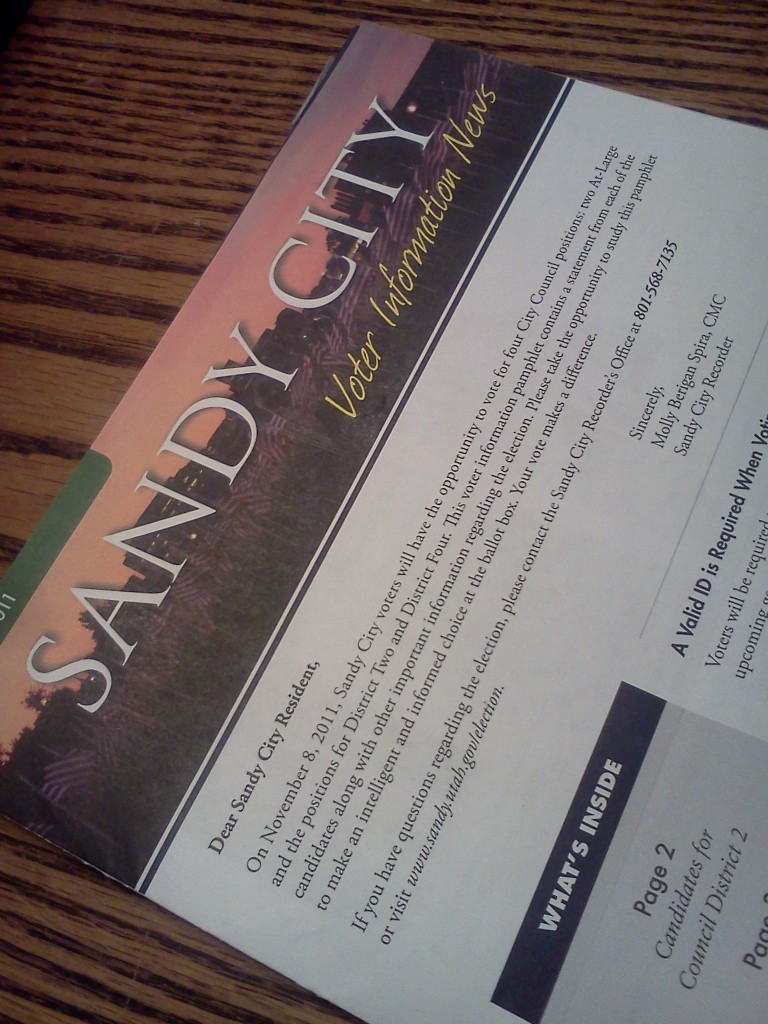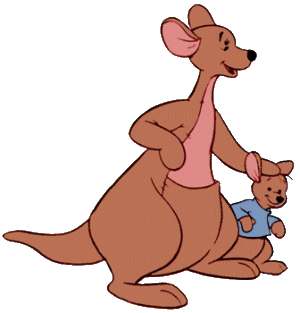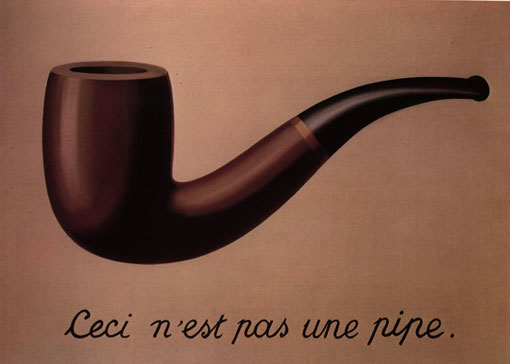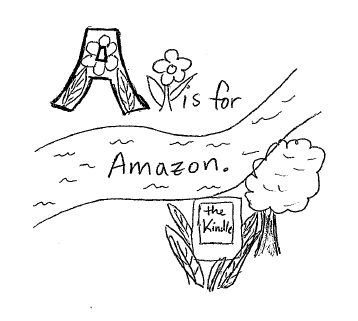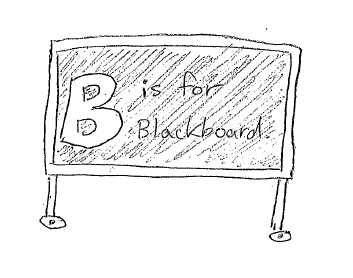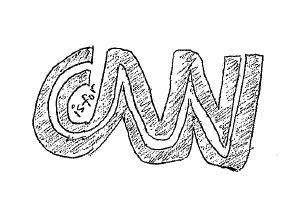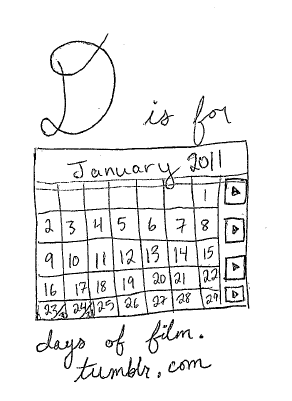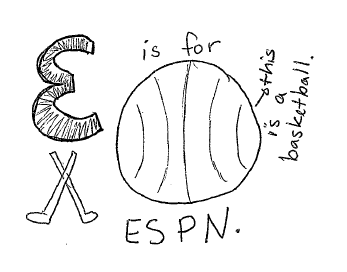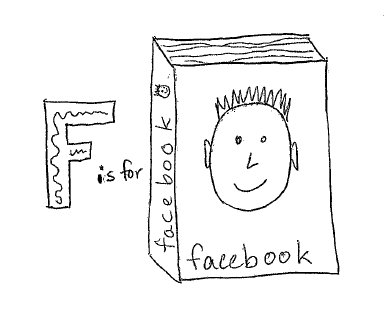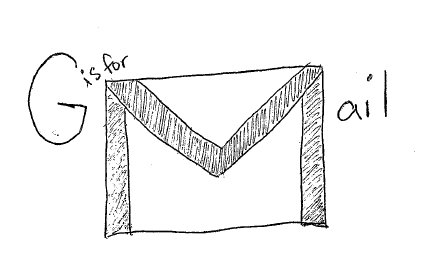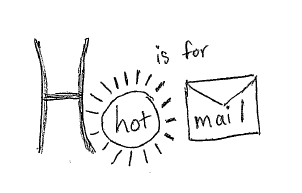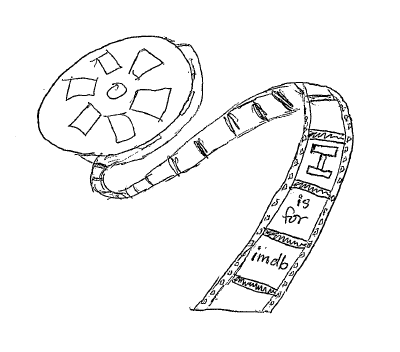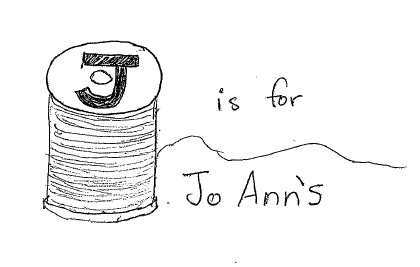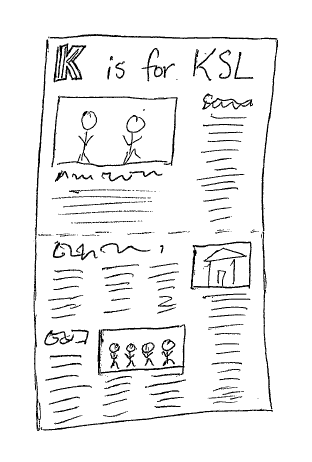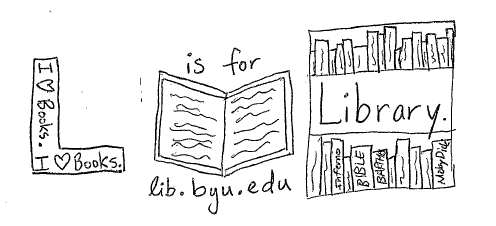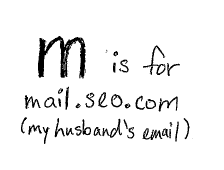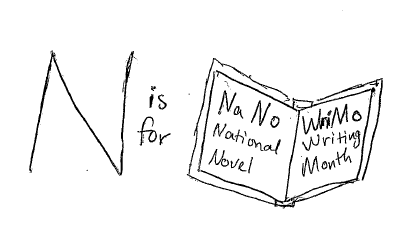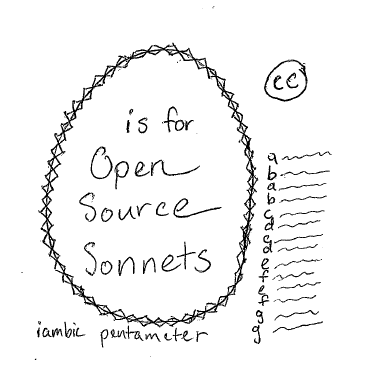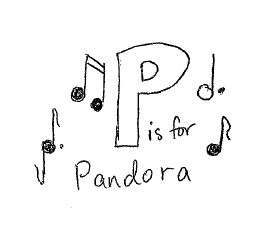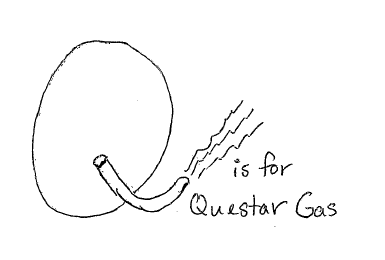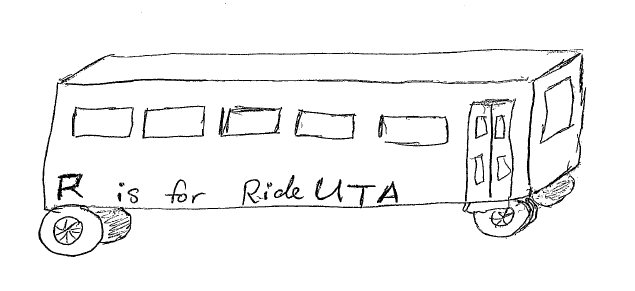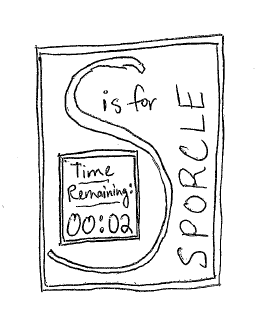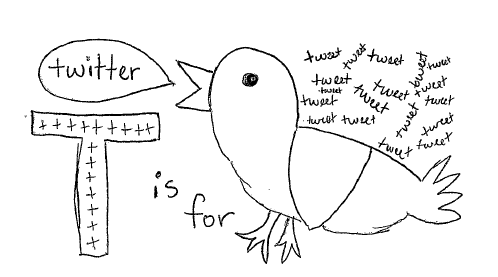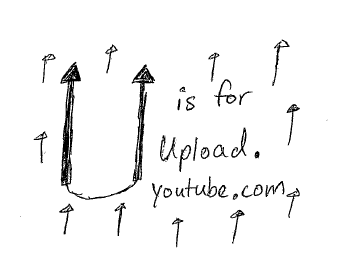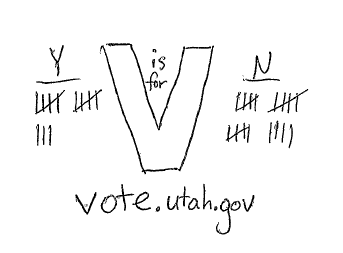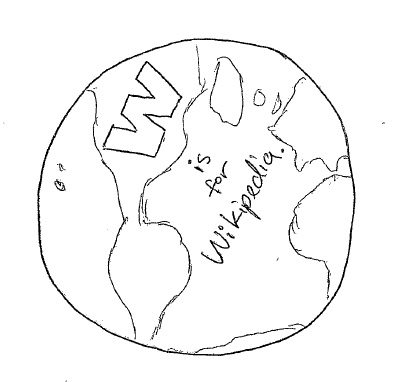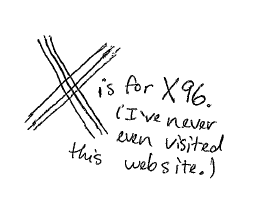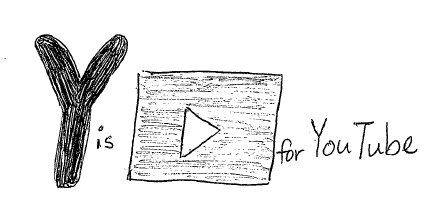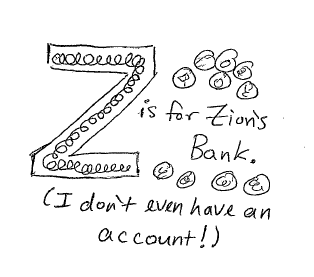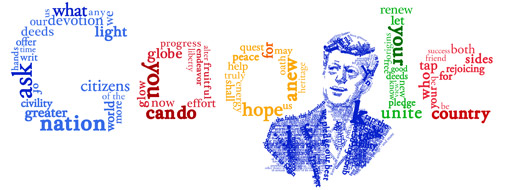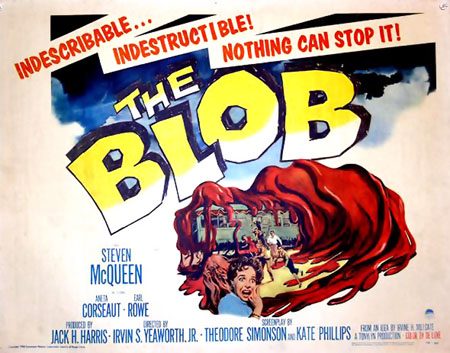Why I’m Voting in Today’s Tiny Elections
I admit, the thing I’d like to do most today is stay at home and spend the day curled up with the new Brandon Sanderson book, Alloy of Law. In part it’s because I love the Mistborn series. In part it’s because I spent Sunday evening at the ER and am still on prescription medication. In part it’s because my husband is out of town, and what better way to fight against solitude than with a good book.
But no. That is not enough. I will pack up myself and my baby, bring my ID and my voting guide, and head over to Crescent Middle School to vote for Sandy City Council.
I was going to add the agonizing part about having to stand in line while your head is throbbing because it’s a common side effect of your medication, and on top of that having to entertain a baby who gets bored of staying still, but I realized that would be a lie. There will be no line, and I will be in and out of there in five minutes tops.
I’ve heard it estimated that only about 10% of registered Utah voters will come out to this year’s elections. (I’ll add the actual stat that turns out in a few days, once they’re published.)
Now that’s not 1 in 10 Utahns. That’s 1 in 10 registered voters. Thus, no line.
But even if there was a line, even if I had to wait an hour and a half (as I’ve had to do before, in 2008) I would be there, baby in tow, waiting to vote. Why the dedication?
Because local elections matter. Today I’m going to vote for two members of the Sandy City Council At-Large. The decisions made by the Sandy City council impact my life on a daily basis:
- They make decisions regarding construction and development, and local zoning, for example the mega construction project going up across the street, and the types of parking lots we’re getting next to our new commuter train line.
- They impact local taxes and local spending.
- They make decisions about our schools, our local library, and policies for our police and fire departments.
- Environment, immigration, and other big national issues have regular decisions made about them on a local scale.
- They listen and talk to community members, and if I really care about an individual issue, I can truly make my voice heard.
In essence, the Sandy City Council impacts my daily quality of life. The roads all around me. The schools in my neighborhood. The policies that encourage and discourage local development and businesses. The libraries and parks I visit weekly. My taxes and other local policies.
The Sandy City Council has more impact on the day-to-day workings of my life than the President of the United States. What the President does may be more interesting or exciting or infuriating or whatever-you-feel, but what happens on a local level is what democracy is really about. It’s about communities saying, we share public interests. We can and should self-govern. We’re going to choose people we trust to work together with us to make important decisions, decisions that will change and shape our community and bring us into the future.
To me, freedom is only partly about freedom from restrictions. For example, I’m not restricted on my ability to bear arms. I could probably go out and buy a gun today–I’ve heard they carry them at Wal-Mart. However, I’m not going to. I don’t want a gun. I don’t know what I’d do with it. So I may literally have that freedom, but I don’t really, because I don’t have the knowledge or interest to use it.
More than freedom from restrictions, I love freedom to do things. Freedom to go to the church of my choice on the Sabbath and not be put in prison for it. Freedom to advocate for whatever belief I may have and not have tomatoes thrown at me (terrible practice, glad it’s been done away with). Freedom to write on a blog and give my (potentially incorrect) views to the world.
I love the freedom to be able to make a difference. Freedom to have a voice and use it. Freedom to act and make informed decisions. Freedom to say this is what the City Council should look like.
So today I’m going to vote for democracy. Will you?

